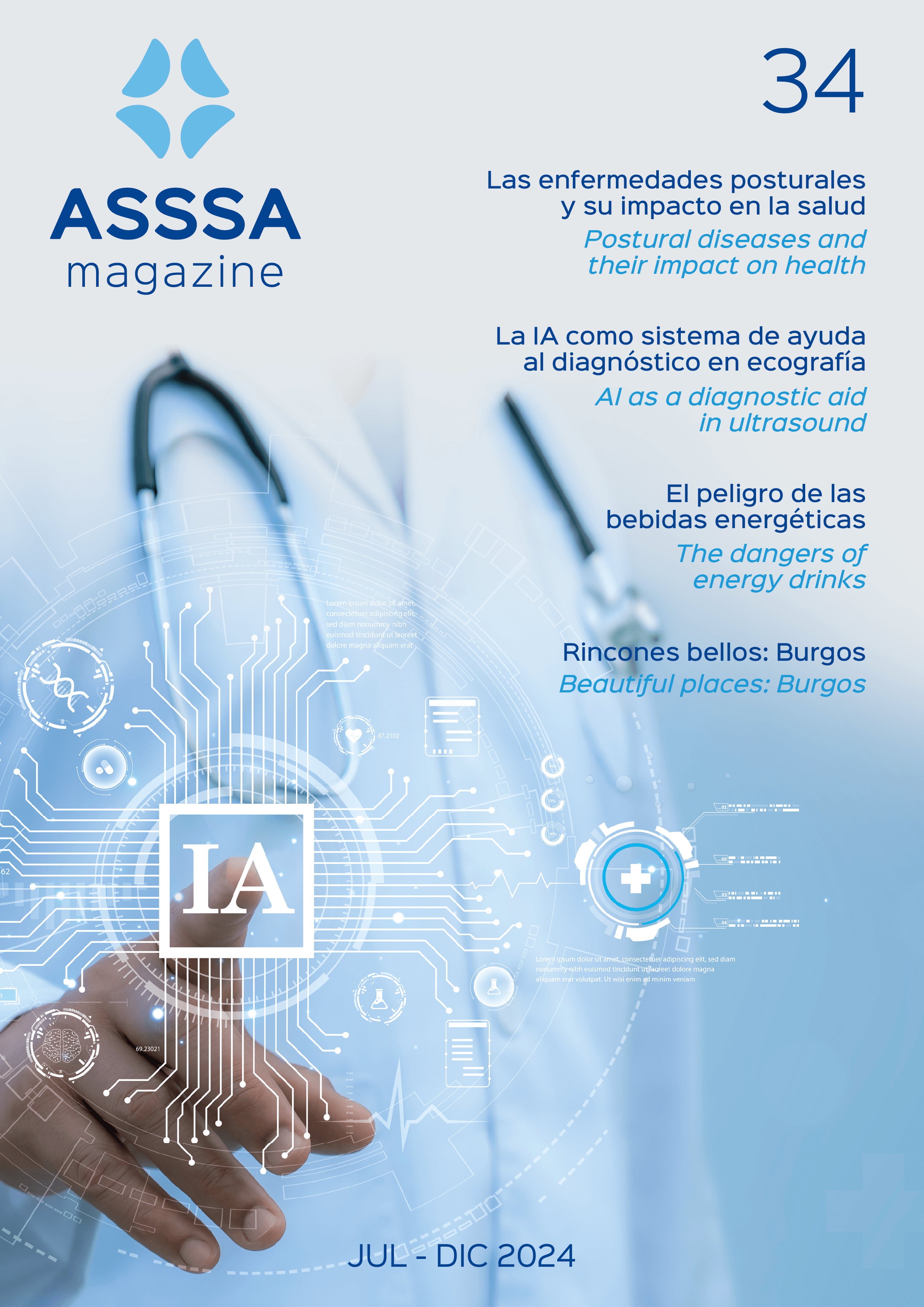
Technology plays a very important role in the care of our eye health, which is why ophthalmology clinics have a highly qualified multidisciplinary team, as well as cutting edge facilities and the best technology for the diagnosis and treatment of visual pathologies.
Glaucoma: SLT lasers reduce intraocular pressure in 10 minutes
Glaucoma is an eye disease that consists of an increase in intraocular tension or pressure that produces lesions on the optic nerve that, if not corrected in time, result in irreversible blindness. Periodic eye examinations after 40 years of age are essential for the diagnosis of glaucoma.
SLT lasers are used for the treatment of glaucoma without surgery. This treatment can reduce intraocular pressure in a matter of 10 minutes at your doctor’s office, from 5 to 10 millimetres mercury. SLT lasers is presently one of the best treatments for ocular hypertension and glaucoma used by ophthalmologists to eliminate the use of hypotensive medications.
The best technology for strabismus and paediatric ophthalmology
In paediatric ophthalmology, the best technology is available for examining children for the diagnosis and treatment of eye diseases from birth, with minimal invasiveness, especially strabismus.
Sophisticated Optomap technology is available to our patients for the study of peripheral retinal disease. This technology allows us to examine the retina with 360º panoramic vision and without having to dilate the pupil, eliminating the discomfort caused by retinal drops and the difficulty seeing afterward, which could last several hours.
Refractive surgery
Near-sightedness, farsightedness and astigmatism can be corrected exclusively using lasers, with minimal risk and a quick recovery.
Presbyopia and cataracts
In the first case, presbyopia or “long sightedness” is the primary vision abnormality affecting Spaniards over the age of 40. Its incidence is on the rise and continues to increase. At present, ophthalmologists use a surgical technique to implant an intraocular lens.
Treatment for presbyopia with intraocular lenses involves extracting the crystalline lens, and substituting it with an intraocular lens that acts as an artificial crystalline lens. Intraocular lenses offer three sets of focal planes: far, medium-distance and near focus. The brain chooses the most appropriate focal plane for each situation. With intraocular lens (artificial crystalline lens) implantation, patients recover all of their lost vision, no longer needing glasses or contact lenses.
This treatment also prevents the development of cataracts. This treatment to combat presbyopia involves a quick recovery. During the first office visit, the ophthalmologist will study the patient’s case and prescribe the most suitable eye treatment.
Cataracts are produced when a cloudiness or opacity appears on the crystalline lens of the eye (the natural lens that focuses the eye, which is clear and transparent) making seeing difficult.
Nowadays, cataract surgery with phacoemulsification is the most effective treatment and used to eliminate cataracts permanently and recover lost vision.
This operation involves the use of ultrasound or lasers to dissolve and extract the damaged crystalline lens, substituting it with an intraocular lens to perform its function. It is the safest and least painful option for reliably eliminating cataracts. Cataract surgery enables the restoration of normal and clear vision.
The information published in this media neither substitutes nor complements in any way the direct supervision of a doctor, his diagnosis or the treatment that he may prescribe. It should also not be used for self-diagnosis.
The exclusive responsibility for the use of this service lies with the reader.
ASSSA advises you to always consult your doctor about any issue concerning your health












